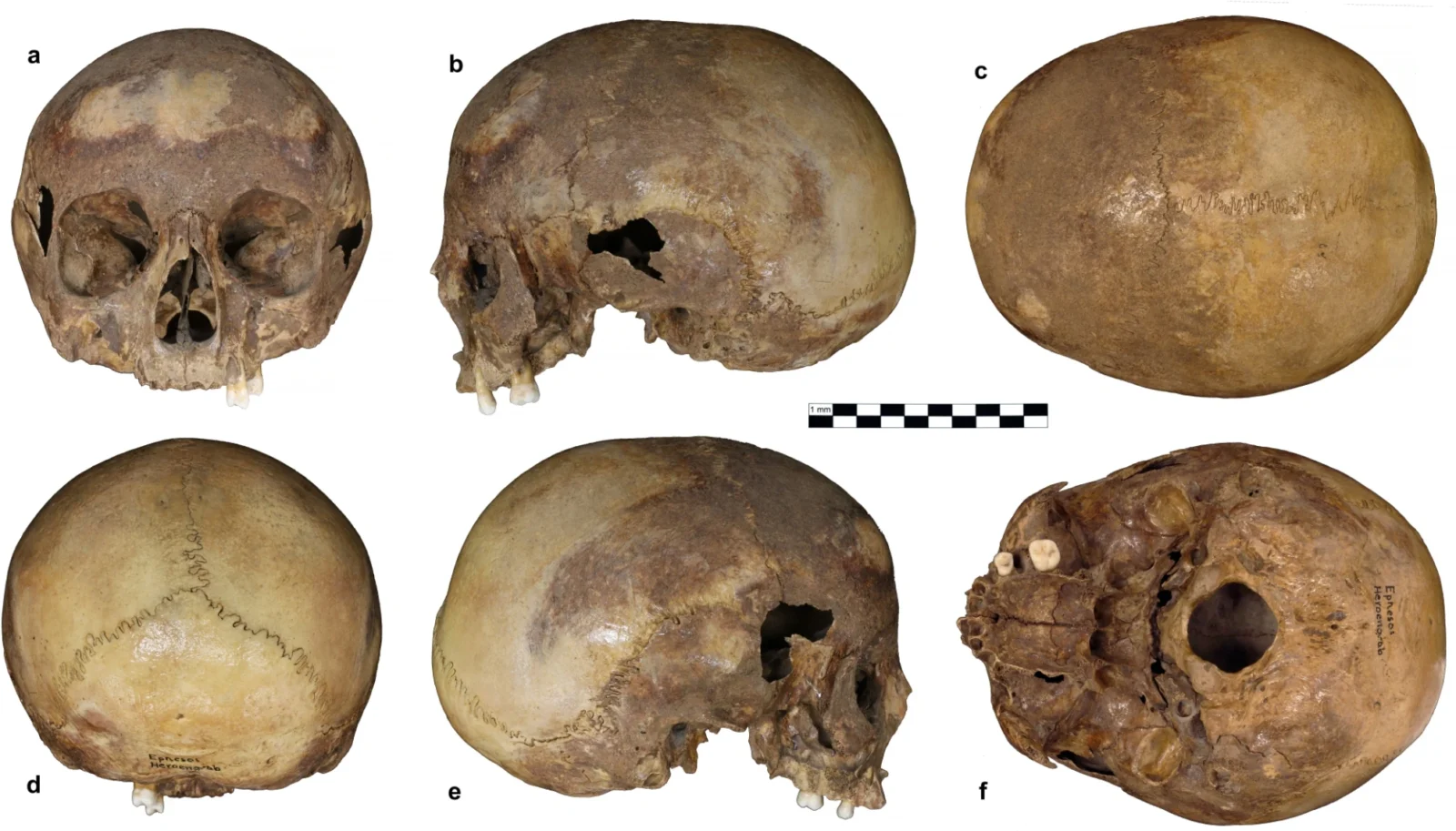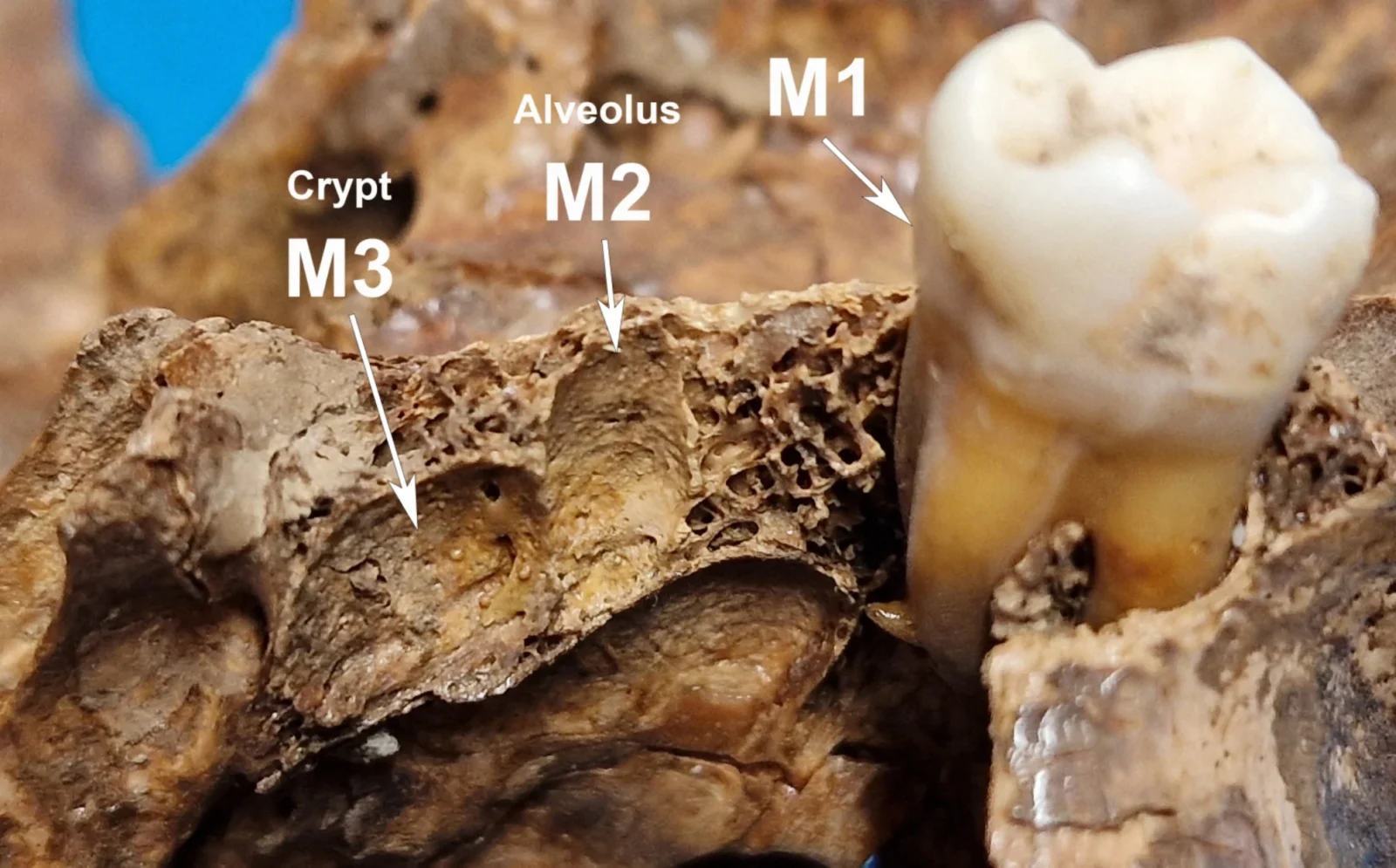
An interdisciplinary research team from the University of Vienna has definitively determined that a skull discovered in Ephesus, Türkiye, in 1929 does not belong to Arsinoe IV, Cleopatra's sister.
Instead, the remains are identified as those of a boy aged between 11 and 14 who exhibited significant developmental disorders. This finding was published in Scientific Reports on Jan. 10, 2025.

The skull was unearthed during excavations of a tomb known as the "Octagon" by Austrian archaeologist Josef Keil. Initially, it was believed to belong to a distinguished young woman, potentially Arsinoe IV, who was murdered in Ephesus around 41 B.C. at the behest of Mark Antony, Cleopatra's lover.
Early analyses suggested a connection to high social status due to architectural elements resembling Egyptian designs, fueling speculation about the identity of the remains.
The recent study utilized advanced methods, including micro-computed tomography (micro-CT), genetic testing, and radiocarbon dating. The skull was scanned at an impressive resolution of 80 micrometers, allowing for detailed morphological assessments.
Genetic analysis revealed a Y chromosome, indicating male lineage and isotopic composition analysis suggested origins from Italy or Sardinia.

This research not only dispels long-held beliefs regarding the identity of the remains but also opens new avenues for investigation into the burial practices and social hierarchies of ancient Ephesus.
The search for Arsinoe IV's final resting place can now continue without the shadow of previous misconceptions. This study represents a significant advancement in our understanding of historical figures and their contexts through modern scientific techniques.